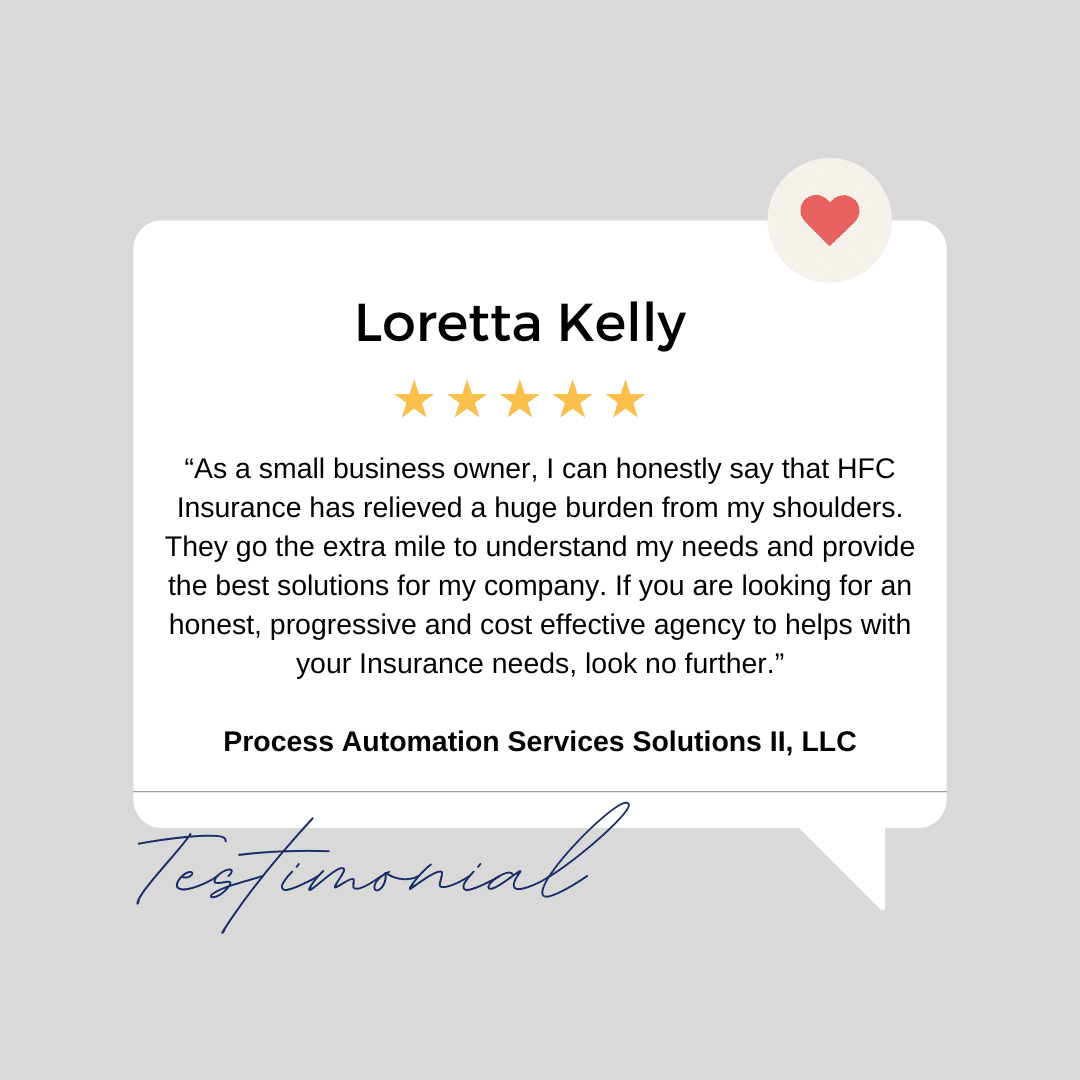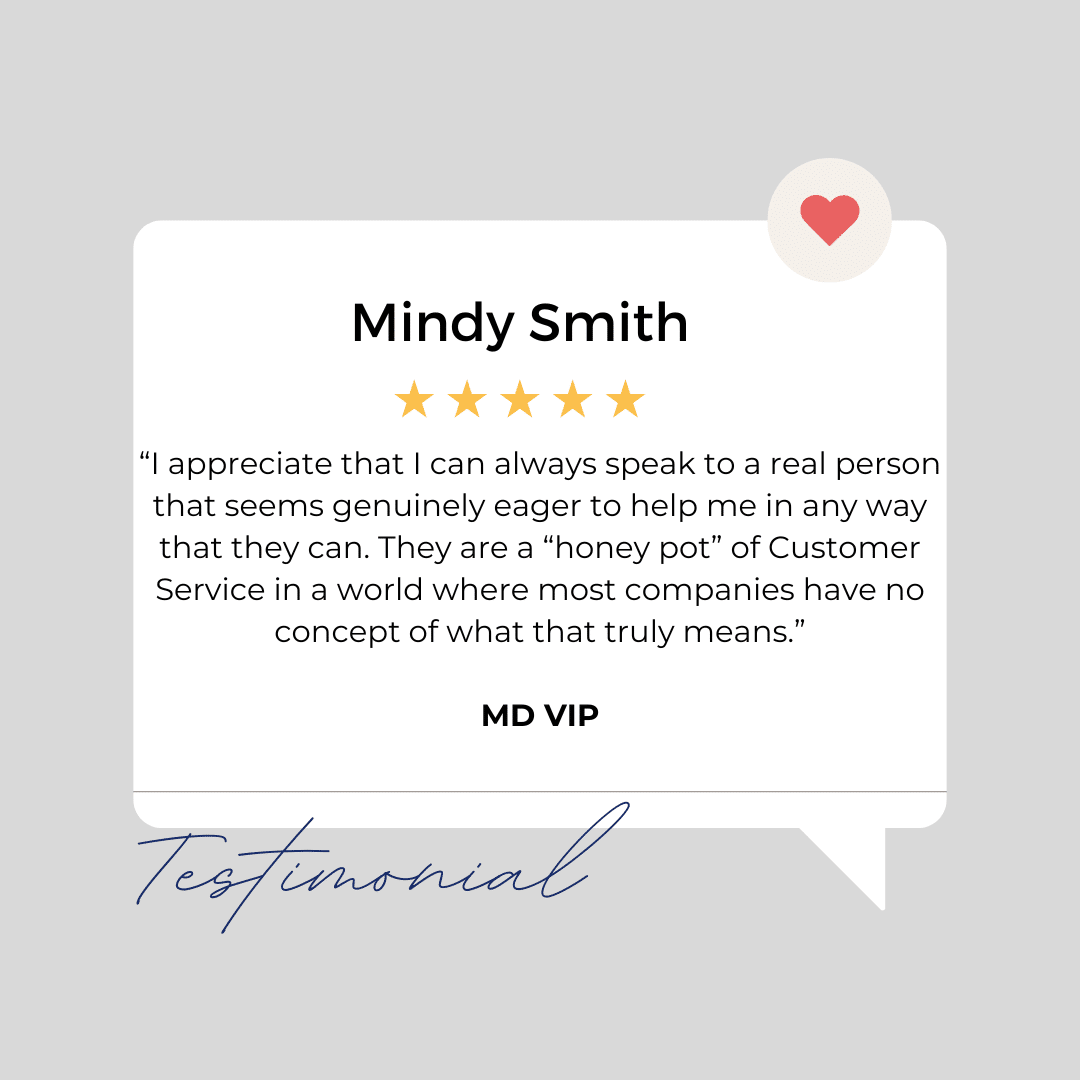Many businesses stick to these familiar paths due to misconceptions about the complexity and accessibility of alternative solutions like Captive and Consortium health plans, potentially missing out on significant savings and better control over their healthcare spend.
Step off the beaten path with Captive and Consortium health plans. Imagine a coalition of employers, each distinct yet united by a common goal: to forge a path through the healthcare landscape that’s as cost-effective as it is comprehensive. Captive plans blend collaboration with ownership, giving you a stake in the insurance game, while Consortium plans harness the power of unity to leverage stronger bargaining power and shared risk.
Consider the journey of ‘TechForward’, a mid-sized tech firm that felt constrained by traditional health insurance options. By switching to a captive health plan, they not only reduced their annual health spend by 30% but also saw a surge in employee satisfaction due to the enhanced benefits they could now afford. This transition was not just a change in policy but a transformation in their corporate ethos, illustrating that when companies take control of their health plans, they invest in their people’s well-being and future.
In the expansive universe of health insurance, choosing between a Captive or Consortium plan isn’t just a decision—it’s a declaration of empowerment. At HFC Insurance, we don’t just offer alternatives; we open doors to new possibilities where your company’s unique needs meet solutions made for you. Whether you lean towards the profit potential of Captive plans or the simplicity and solidarity of Consortium arrangements, we are here to illuminate the path and walk it with you.
We invite you to rethink what’s possible with your health insurance. Are you ready to explore these uncharted territories? Let’s start a conversation today and unlock a future where your health coverage is as dynamic and thriving as your business.





